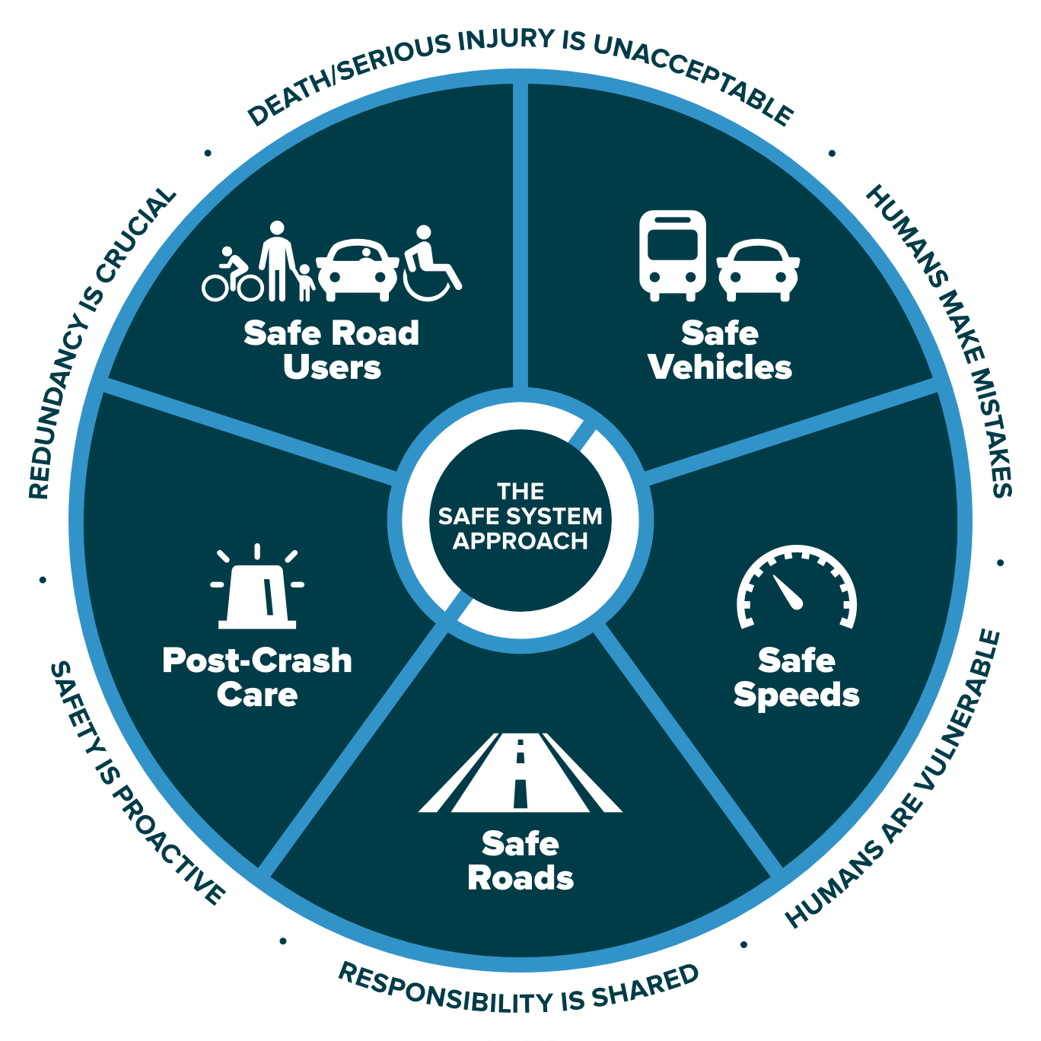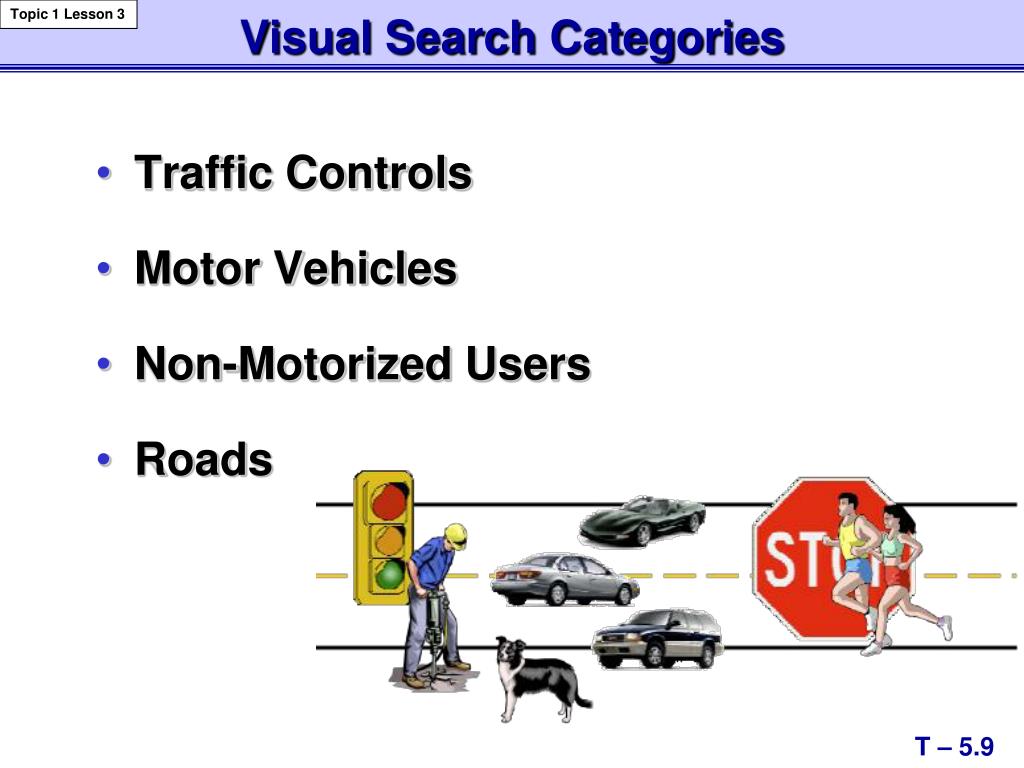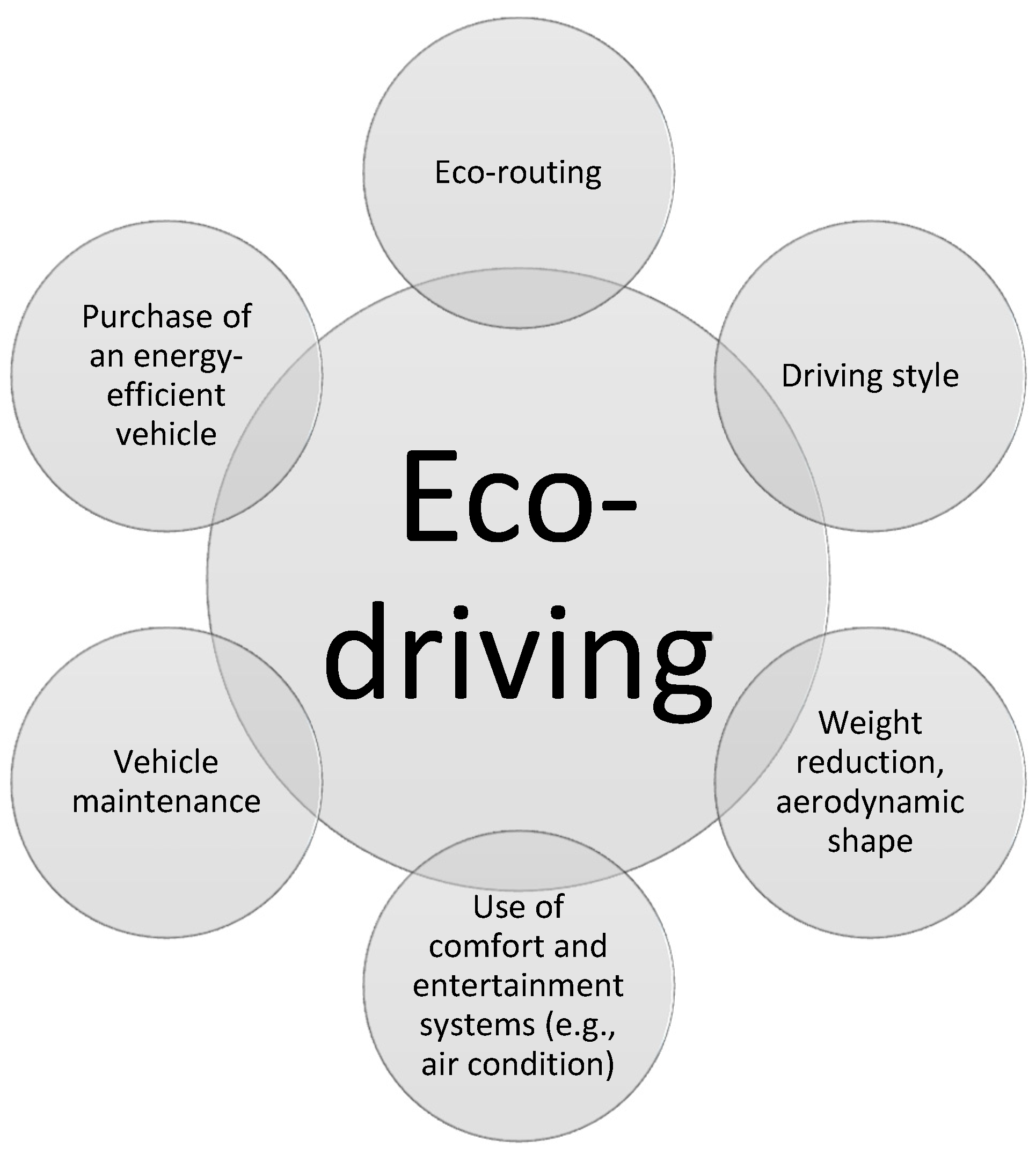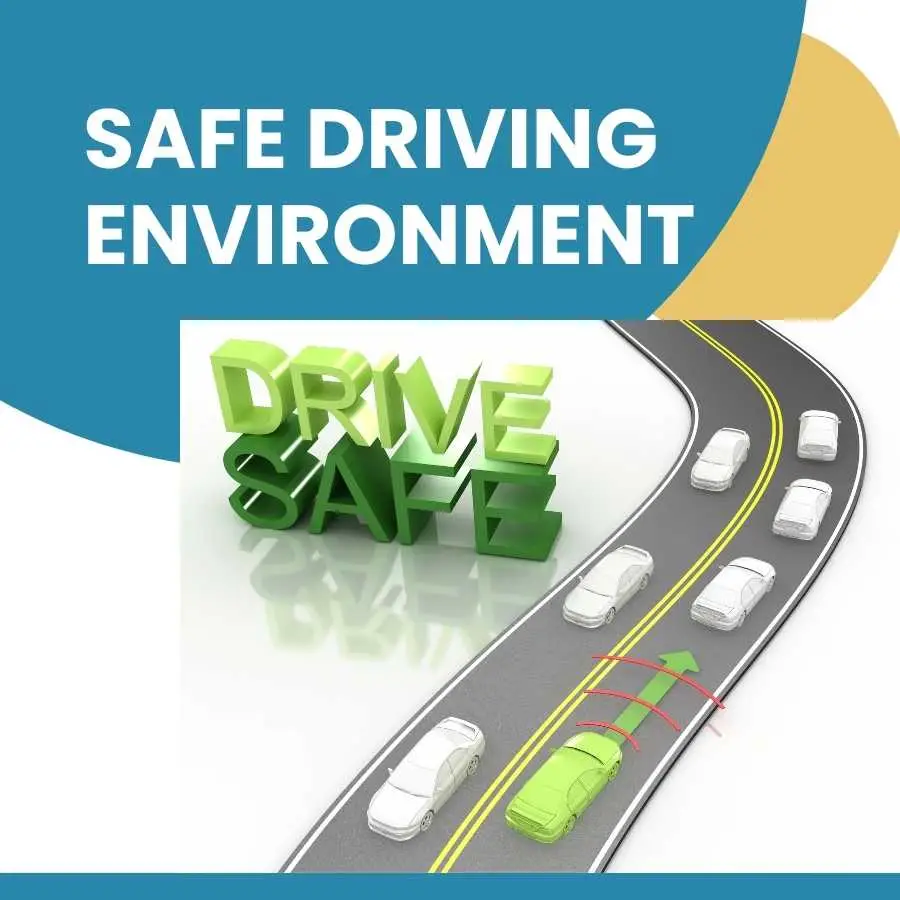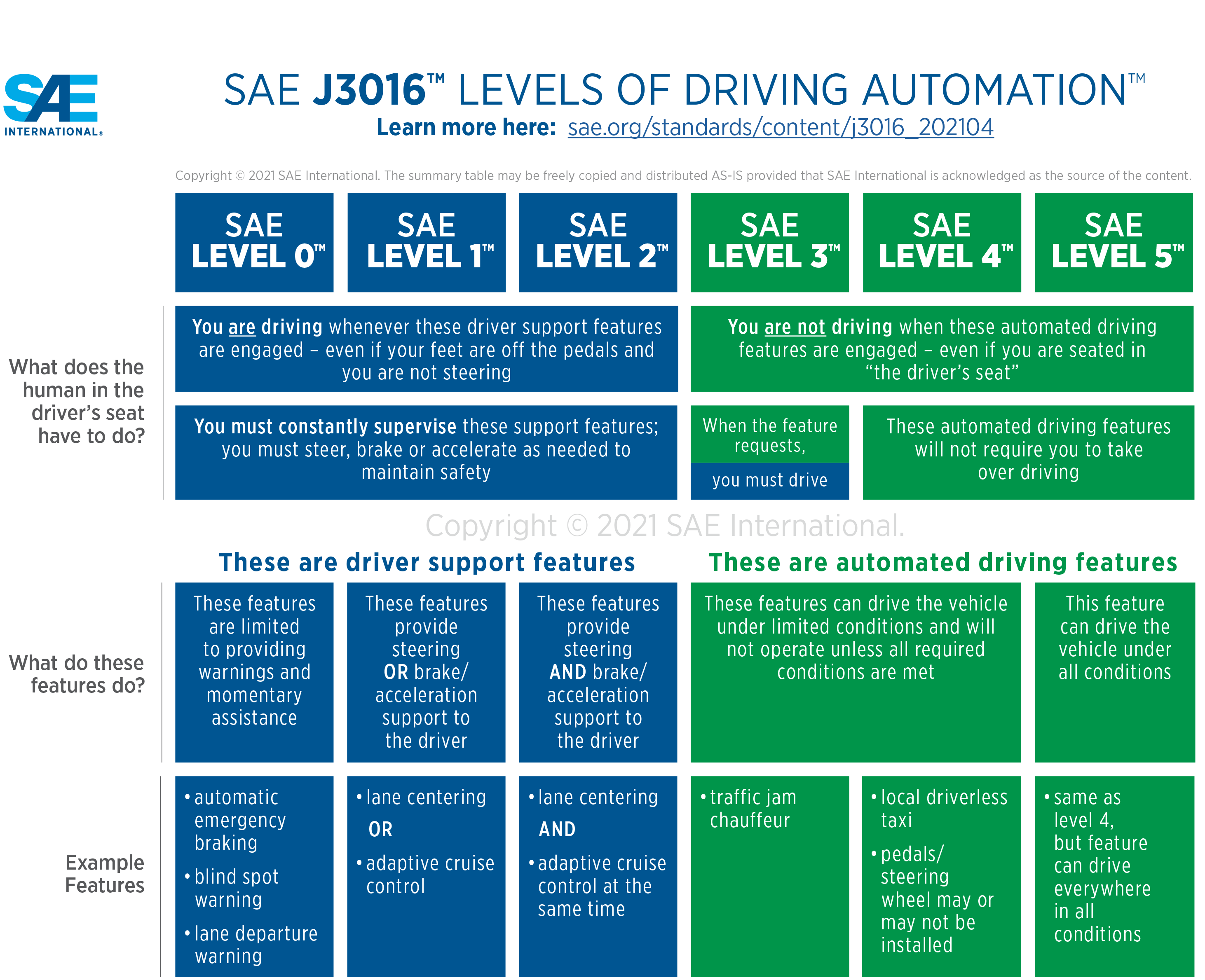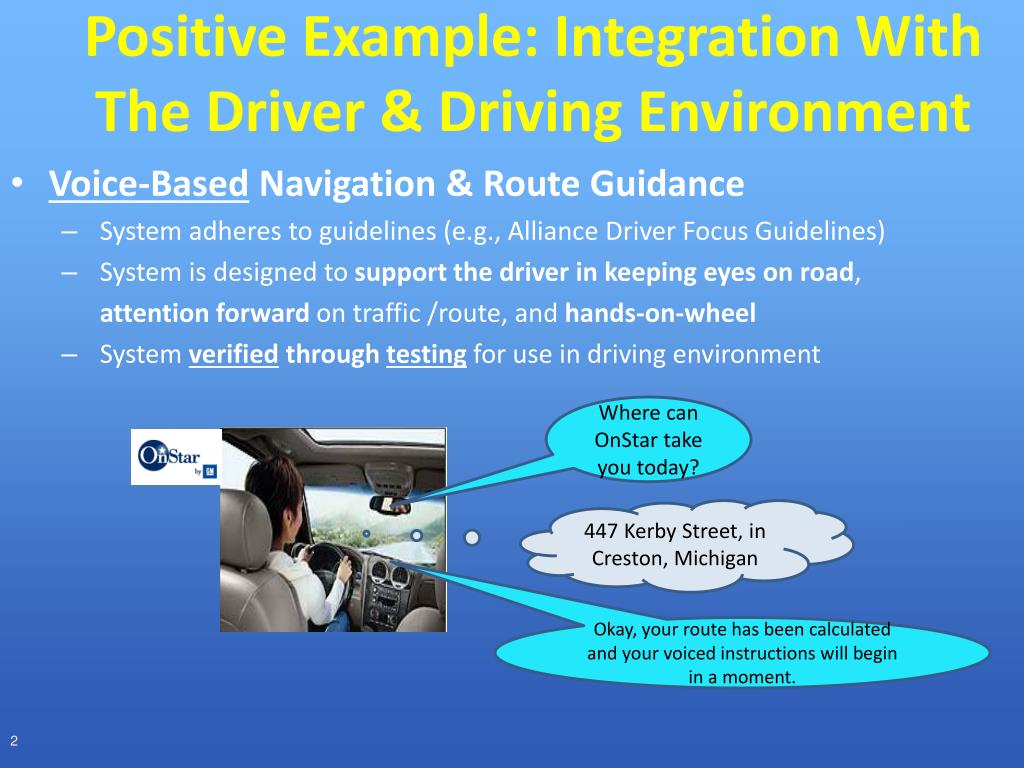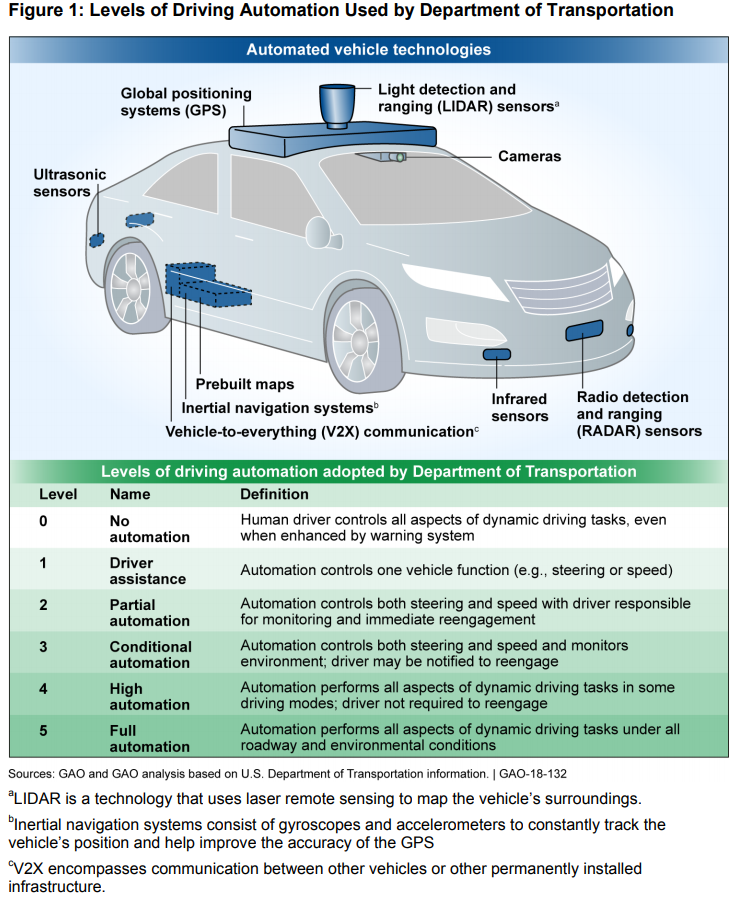Categories In The Driving Environment Include

The modern driving environment is a complex tapestry woven with ever-increasing layers of stimuli and demands. From the glare of digital billboards to the subtle movements of pedestrians, drivers must constantly process and react to a barrage of information to ensure safe navigation.
Understanding the categories within this driving environment is paramount for enhancing road safety, informing driver training programs, and developing advanced driver-assistance systems (ADAS). A comprehensive understanding allows us to mitigate risks and foster a safer transportation ecosystem. This article dissects these critical categories, exploring their impact on driver behavior and overall road safety.
The Core Categories of the Driving Environment
The driving environment isn't a monolithic entity. Experts and researchers categorize it into distinct components, each requiring specific attention and adaptation from the driver. These categories typically include the roadway itself, traffic elements, environmental conditions, and human factors.
The Roadway
The physical characteristics of the road are a foundational category. This encompasses factors like road geometry, including curves, slopes, and lane widths, and surface conditions, such as potholes, gravel, or ice.
Roadway design standards, signage, and pavement markings also fall under this category. Variations in these factors significantly influence a driver's ability to maintain control and safely navigate the route.
Traffic Elements
This category involves the dynamic interactions between vehicles, pedestrians, cyclists, and other road users. Traffic density, speed, and flow patterns are crucial elements that drivers must constantly assess.
The presence of vulnerable road users, such as pedestrians and cyclists, requires heightened awareness and adjusted driving behavior. Effective management of this category hinges on anticipating the actions of others and responding accordingly.
Environmental Conditions
Adverse weather conditions like rain, snow, fog, and strong winds dramatically impact visibility and traction. Changes in light levels, such as during dawn, dusk, or nighttime, pose additional challenges.
Drivers must adapt their speed, following distance, and overall driving strategy to compensate for these environmental factors. The National Highway Traffic Safety Administration (NHTSA) provides extensive resources and guidelines for safe driving in adverse conditions.
Human Factors
This category addresses the driver's state and capabilities. Factors like fatigue, distraction, impairment (due to alcohol or drugs), and medical conditions significantly influence driving performance.
Driver fatigue, for example, is a significant contributor to accidents, often impairing reaction time and judgment. Addressing these human factors through education, stricter enforcement, and technological interventions is critical for enhancing road safety.
The Interplay of Categories
It's crucial to remember that these categories rarely exist in isolation. They frequently interact, creating complex scenarios that demand sophisticated cognitive processing from drivers.
For example, driving on a winding road (roadway category) during heavy rain (environmental conditions) with dense traffic (traffic elements) and while experiencing fatigue (human factors) presents a highly challenging situation. Successfully navigating such a scenario requires a blend of skill, awareness, and responsible decision-making.
"Understanding the complex interplay of these factors is crucial for developing effective strategies to improve road safety,"notes Dr. Emily Carter, a leading researcher in transportation safety at the University of Michigan Transportation Research Institute (UMTRI).
Advanced Driver-Assistance Systems (ADAS) and the Driving Environment
ADAS technologies are increasingly designed to mitigate the challenges presented by the driving environment. Systems like automatic emergency braking (AEB), lane departure warning, and adaptive cruise control are designed to assist drivers in specific situations.
However, it's essential to recognize that ADAS is not a replacement for attentive driving. These systems are intended to augment, not replace, the driver's role in monitoring and responding to the driving environment.
The Role of Education and Training
Comprehensive driver education programs are vital for equipping drivers with the knowledge and skills necessary to navigate the complexities of the driving environment. Training should emphasize hazard perception, risk assessment, and defensive driving techniques.
Furthermore, ongoing education and awareness campaigns can help drivers stay informed about emerging technologies, changing traffic patterns, and the latest safety recommendations.
Future Trends and Considerations
The driving environment is constantly evolving. The increasing prevalence of autonomous vehicles, connected infrastructure, and electric vehicles presents both opportunities and challenges.
As technology advances, it will be crucial to continually reassess and refine our understanding of the driving environment to ensure that these innovations contribute to enhanced safety and efficiency. For instance, the rise of autonomous vehicles necessitates a deeper understanding of how these systems perceive and respond to the various categories within the driving environment.
Looking ahead, a holistic approach that integrates technological advancements, enhanced driver education, and robust regulatory frameworks will be essential for creating a safer and more sustainable transportation future. By understanding and addressing the diverse categories within the driving environment, we can pave the way for a transportation system that prioritizes safety and well-being for all road users.


